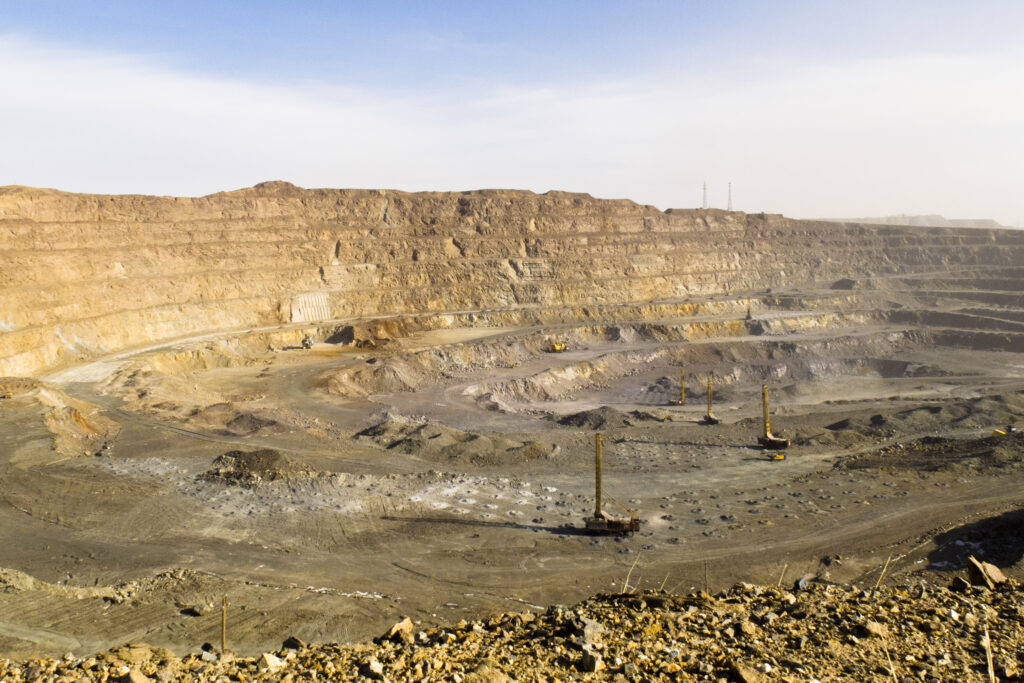Explore the toxic geographies of ‘rare earth’ minerals with this original collaborative project
Dr Thom Davies, Research Fellow at the Department of Sociology, University of Warwick @ThomDavies
The device that you are staring at contains Rare Earth: minerals that help construct the digital devices of our late-modern lives. Though often unrecognized, rare earth metals are crucial ingredients in many technological appliances. These seventeen sort-after minerals are the flint tools of our digital age. The gadgets they enable have turned us into walking periodic tables, with nearly two thirds of all chemical elements contributing to the construction of a smartphone: Hafnium (Hf) enables the microchips in your laptops to be extra small; Neodymium (Nd) powers the magnets that vibrate when you set your phone to ‘silent’; and Lanthanum (La) equips your phone’s small lens with the power to render your ‘selfie’ visible. But before one can celebrate the apparent elemental alchemy that these elements produce, the toxic legacies of using rare earth must not be overlooked.
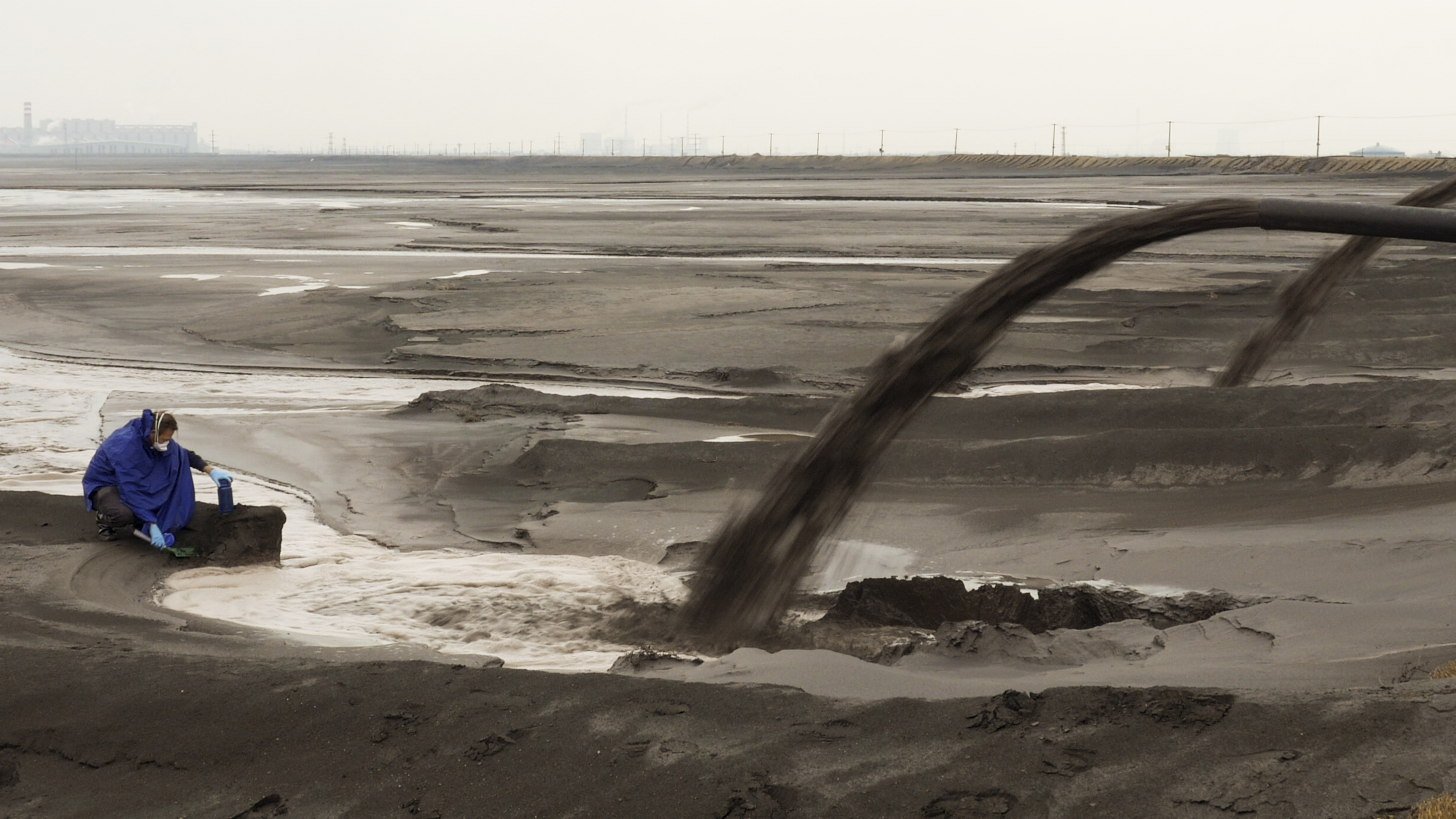
Research into E-waste has made it abundantly clear that the digital age is dirty. Extracting rare earth is no exception: it is an extremely energy intensive process. It involves open-cast mining, and the discharge of carcinogens, acids, heavy metals, and radioactive materials into the environment. According to some estimates, for every tonne of rare earth extracted from the ground, up to 12,000 cubic meters of toxic gas is released. This includes a polluted soup of sulphur dioxide, hydrofluoric acid, and sulfuric acid, as well as 75 cubic meters of radioactive and acidic wastewater.
‘The toxic geography of rare earth extraction is highly uneven.’
Like with so many environmental issues, the toxic geography of rare earth is highly uneven: China currently exports 90% of the world’s rare earth minerals. This is not because the country sits on the largest geologic deposits (roughly 37%), but is largely because it is willing to do the grubby, radioactive, and polluting process of getting it out of the ground.
Surprisingly, ‘rare earth’ elements are not that rare, with sizable deposits in California, Sweden, Australia and beyond. But the environmentally costly nature of rare earth processing has limited its geographic footprint. As Professor Saleem Ali explains: ‘processing sites are often more difficult to get permitted in developed countries and hence lead to their location in developing countries’. Developed countries are happy to receive the polished products of this toxic labour, but would rather not get their hands dirty themselves. The technology giant Apple stated in their 2017 Environmental Responsibility Report that they are hoping to ‘one day stop mining the earth altogether’, but crucially they are not aiming to extend the lifespan of their disposable products.
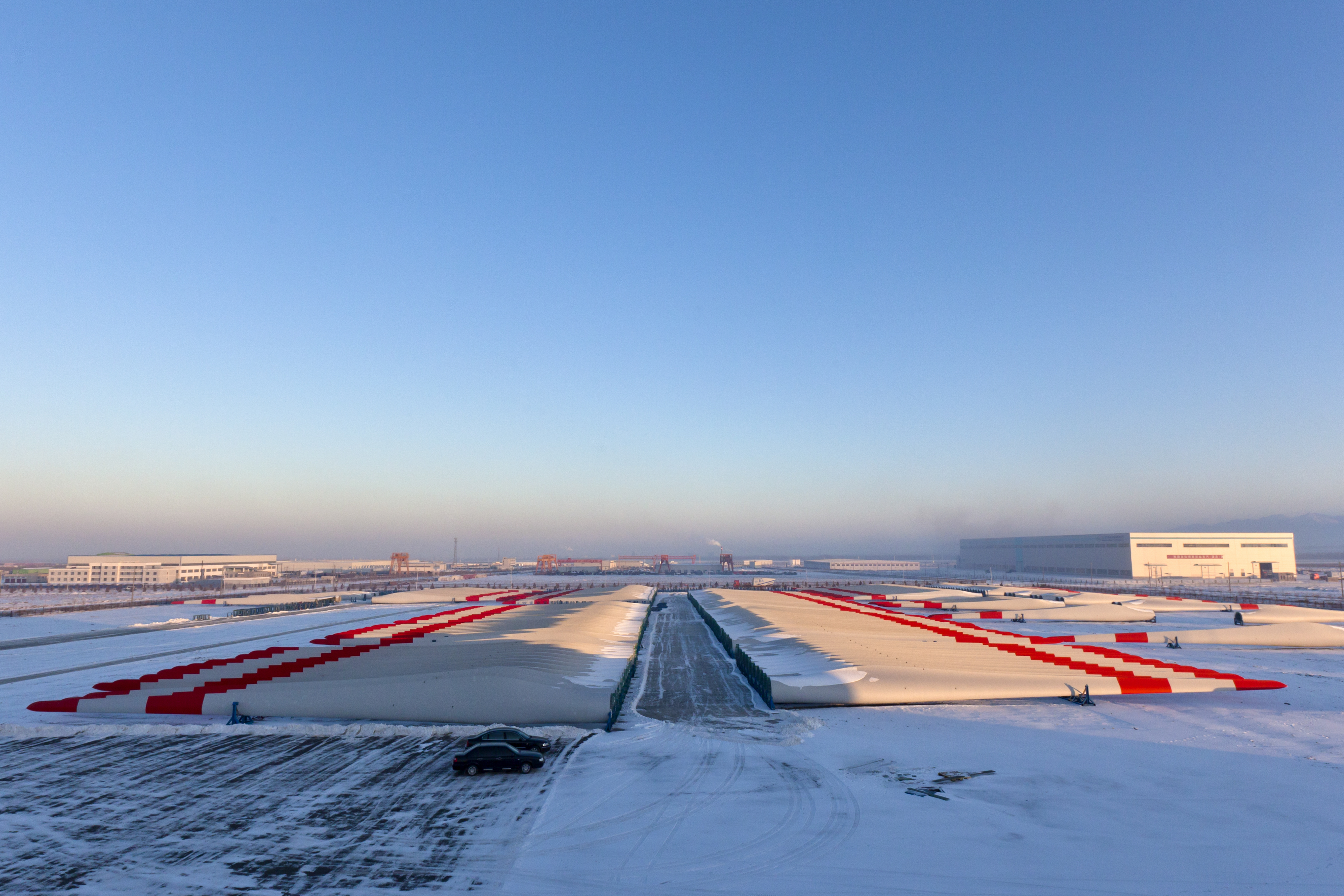
If we as consumers are caught up in the maelstrom of environmental harm associated with rare earth, so too are the potential solutions: rare earth metals are key to the success of renewable energy. Both wind farms and solar panels rely on using elements from this highly toxic extractive industry. The rare earth elements neodymium (Nd) and dysprosium (Dy) help convert torque from a rotating wind turbines into electricity. Meanwhile solar panels rely on tellurium (Te), which is roughly three times rarer than gold. To draw on philosopher C. West Churchman’s concept, rare earth’s relationship with renewable energy presents a ‘wicked problem‘.
‘Rare earth is so embedded into our globalised modes of consumption that it remains hidden in plain view’
Despite the ubiquity of rare earth in our society, and the toxic problems it can cause, it is a difficult issue to make visible. In part this is because the sites of extraction and production are off-limits. But it is also because rare earth is so embedded into our globalised modes of consumption that it remains hidden in plain view. Photographer Toby Smith, together with ‘nomadic design research studio‘ address this issue of invisibility head on in ‘Rare Earthenware’, a collaborative project involving photography, documentary filming, and pottery.
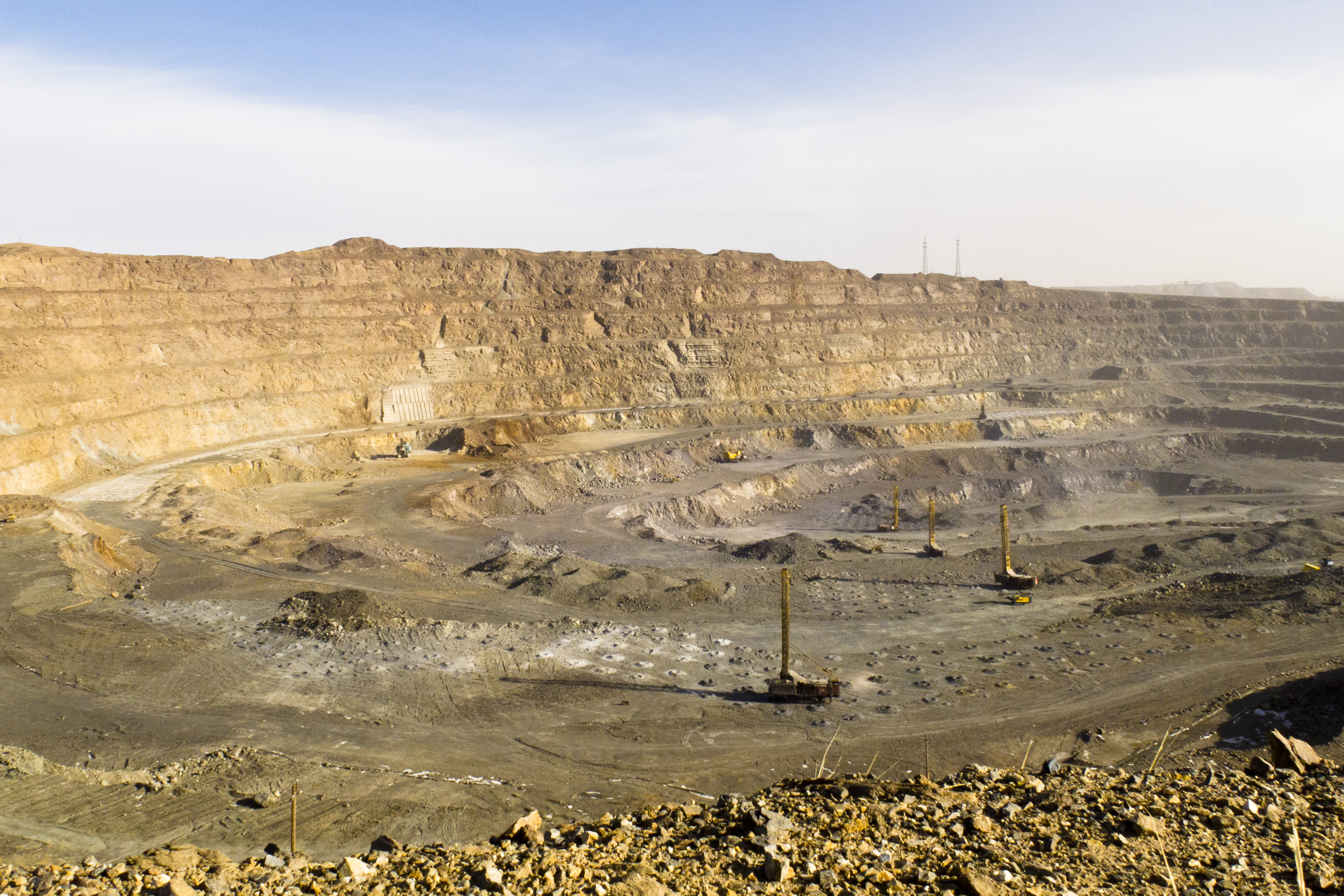
Like in many toxic places, access was restricted to this rare earth mine. As he explains on his website, he gained access to the mining area by ‘hiding in the back of a pick-up truck’. Using satellite images and GPS coordinates as a guide, he then ‘ran the final 10km across the desert to the mine-edge with a discrete point and shoot camera’. Standing on the edge of this man-made precipice, he began to take photographs, but visualising this toxic landscape was not without danger. As he explained on the phone in an interview for this article:
‘When I saw the mine was deserted, the first thing that came across my mind was that it could be a blast day: Often the only time the mine is empty is when they’re about to set a blast off’.
Due to the increasing use of rare earth material within the global military industrial complex, China has since made these sites prohibited areas of national security. Smith’s photographs therefore present a unique window into the toxic process of rare earth extraction. Faced with a mass of radioactive sludge and acidified soil, the Unknown Fields collective took samples of the detritus, which they had analysed in the UK.
Instead of these the rare earth elements being transformed into a ubiquitous digital device, artist Kevin Callaghan collaborated with Unknown Fields to turn this toxic sludge into three unique vases. Each vase varied in size according to the amount of waste created in the processes of making three common devices: a smartphone, a smart-car battery, and a featherweight laptop. Toby Smith photographed this toxic journey from source to vase, tracing the same geographic journey your device may have taken; from Inner Mongolia to your pocket.
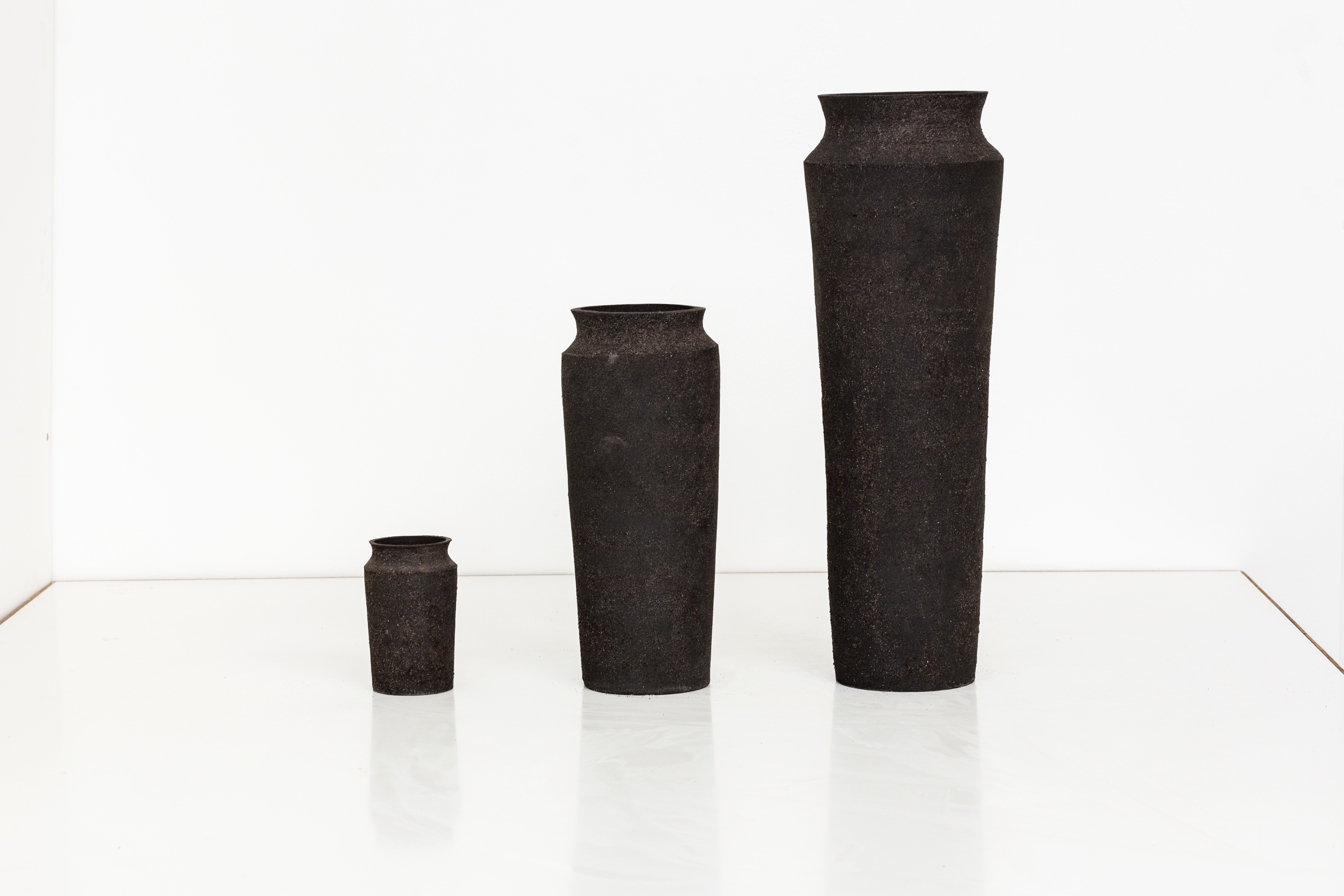
The innovative incorporation of materiality into the documentation of a toxic issue reminds Hilda Hellström’s project ‘The Materiality of a Natural Disaster‘ (2012). Hellström took clay and soil from land inside 12 mile Fukushima Exclusion Zone and made a series of contaminated rice bowls. Tangentially, it also made me think of ‘Does This Soup Taste Ambivalent?‘ by the United Brothers. In this provocative performative art piece, the Japanese brothers also drew on the physical presence of toxicity, offering out soup made from vegetables grown in Fukushima prefecture.
As Unknown Fields describe in the academic journal Cultural Politics:
‘These three “rare earthenware” vessels are the physical embodiment of a contemporary global supply network that displaces earth and weaves matter across the planet. They are presented as objects of desire, but their elevated radiation levels and toxicity make them objects we would not want to possess. They represent the undesirable consequences of our material desires.’
The film ‘Rare Earthenware’ below made with Toby Smith documents a material journey from container ship, to factory, to chemical refinery, to an irradiated ‘minescape‘ in Inner Mongolia, China. It reverses the voyage our digital devices make.

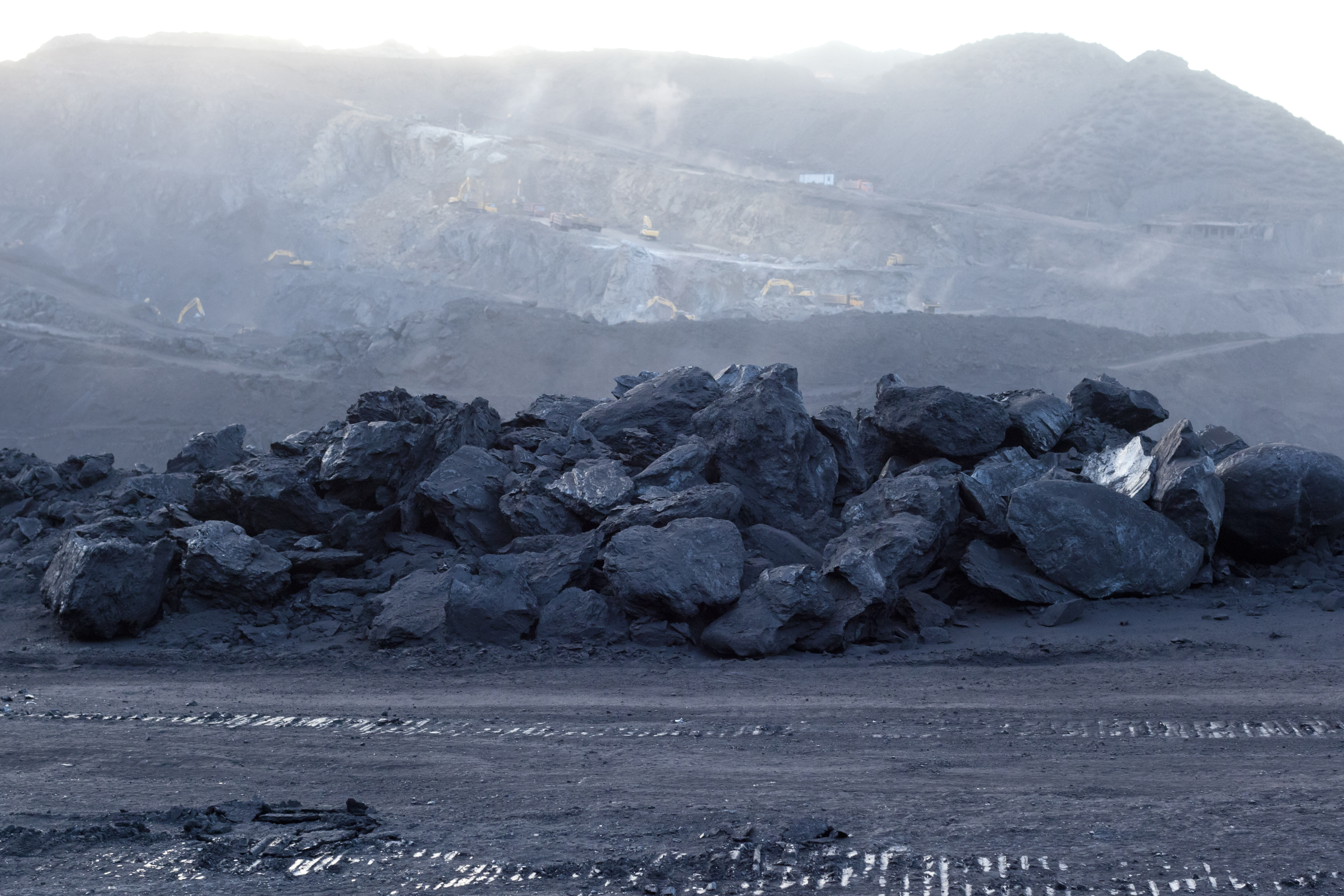
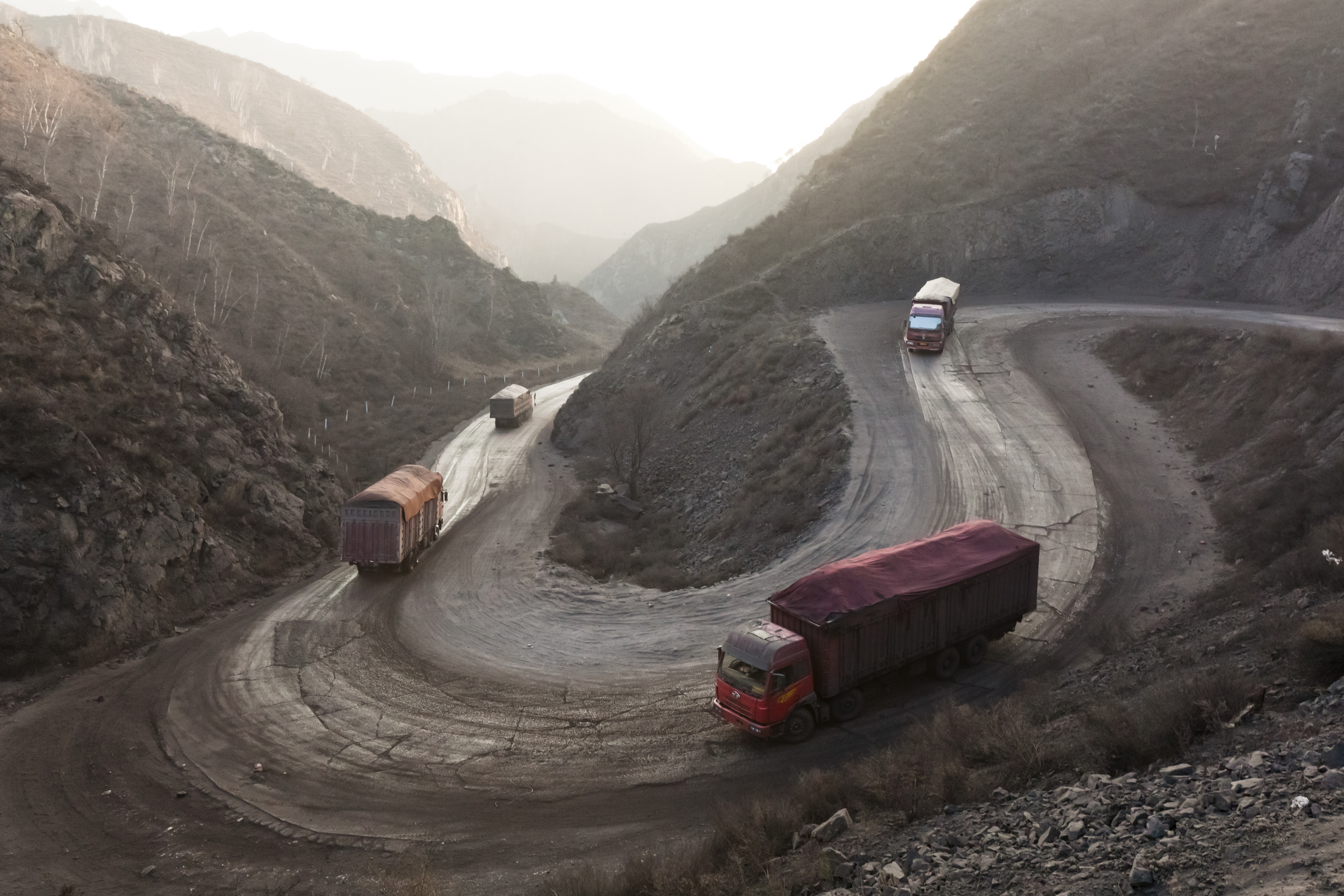

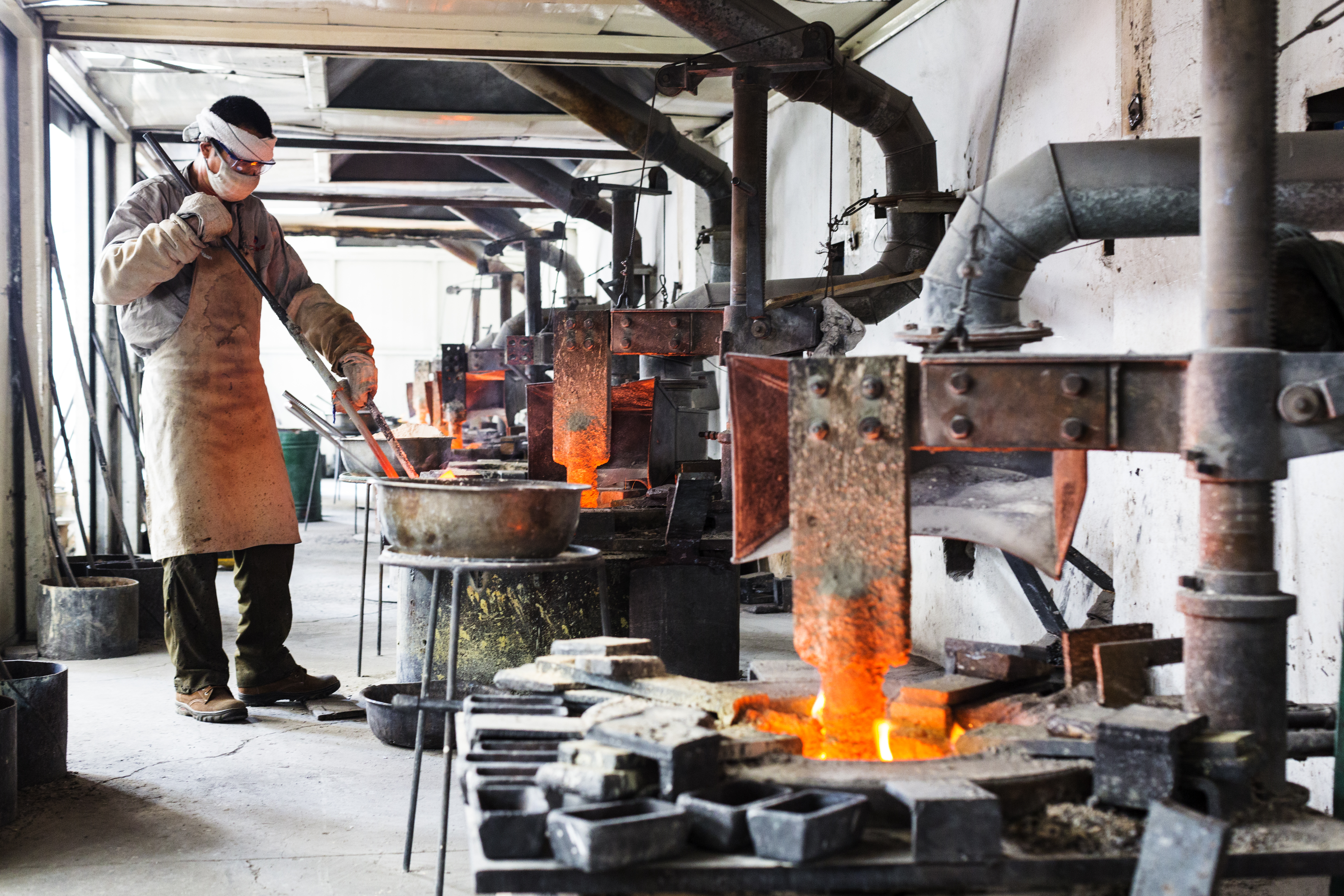



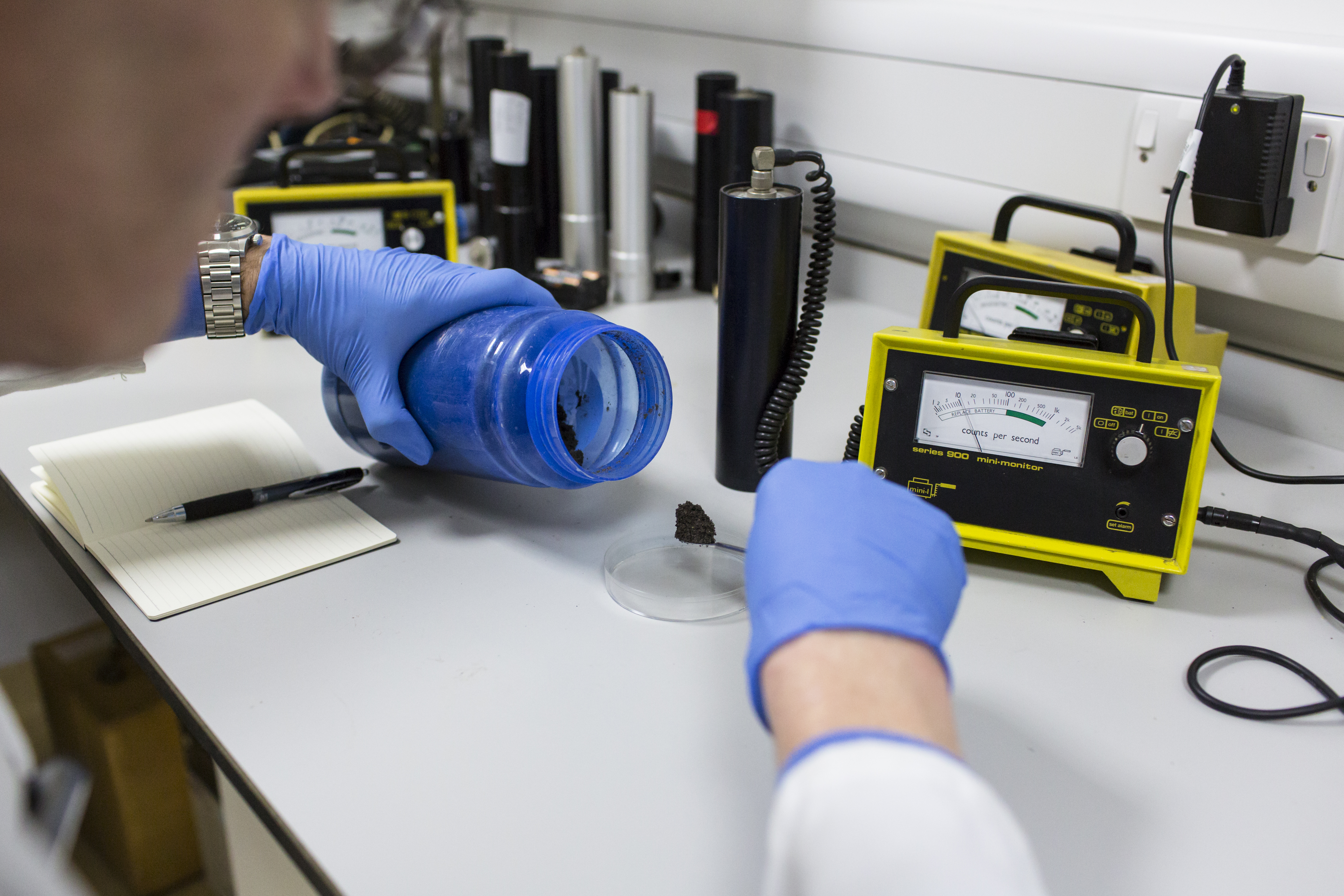


Acknowledgements: Thanks to Toby Smith for his help in putting this article together. You can check out his website here. And follow Toby on twitter here. Unknown Fields are on twitter here. Thanks also to Ian Cook et al for pointing me in the direction of this facinating project.
Other articles in this Special Issue:
- Editorial: Toxic Visions – Photography and Pollution
- Exposing a Chemical Company
- The Red Forest: Picturing Radiation with Infrared Film
- Disposable Citizens: viewing Chernobyl through the lens of those live there
- The derelict afterlives of para-nuclear waste
- Graveyard of Giants: the Toxic Afterlives of Ships
- Treasure: Landscapes of the U.S. Strategic Petroleum Reserve
- Voyage on the planet: contemplating pollution with Chih Chiu
- Toxic Expertise Annual Workshop 2018
References
Ali, S.H., 2014. Social and environmental impact of the rare earth industries. Resources, 3(1), pp.123-134.
Ey, M. and Sherval, M., 2016. Exploring the minescape: engaging with the complexity of the extractive sector. Area, 48(2), pp.176-182.
Little P., 2017, On Electronic Pyropolitics and Pure Earth Friction in Agbogbloshie, Toxic News
Unknown Fields, 2016. Rare Earthenware. Public Culture,12(3), pp.376-379.
Wang, L., Huang, X., Yu, Y., Zhao, L., Wang, C., Feng, Z., Cui, D. and Long, Z., 2017. Towards cleaner production of rare earth elements from bastnaesite in China. Journal of Cleaner Production, 165, pp.231-242.
